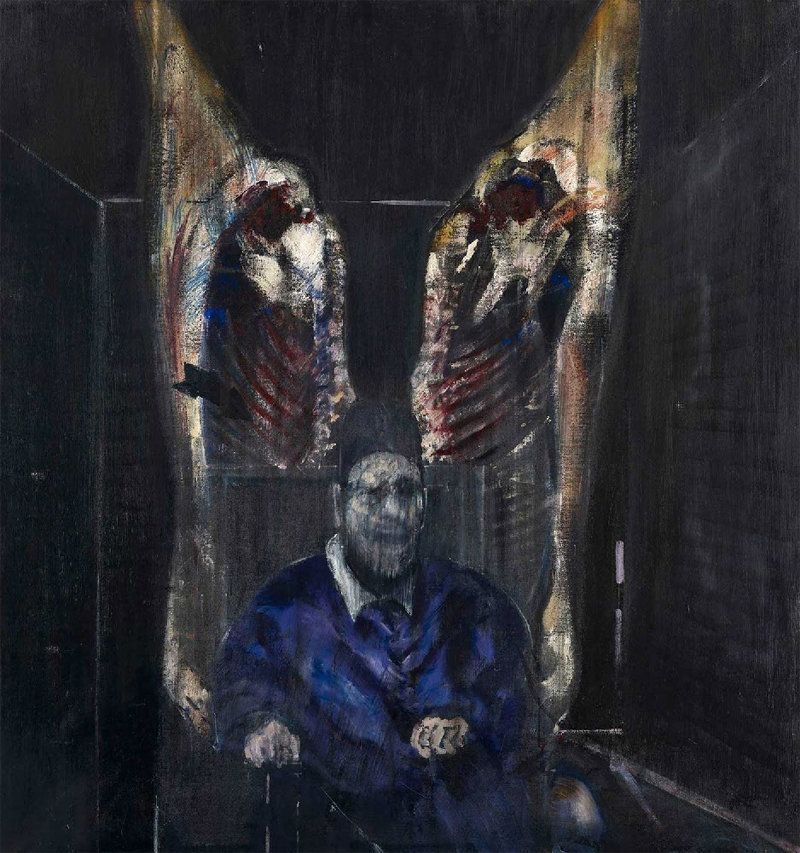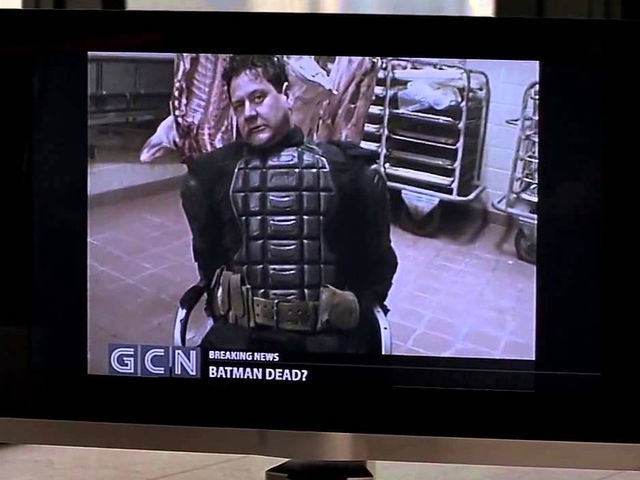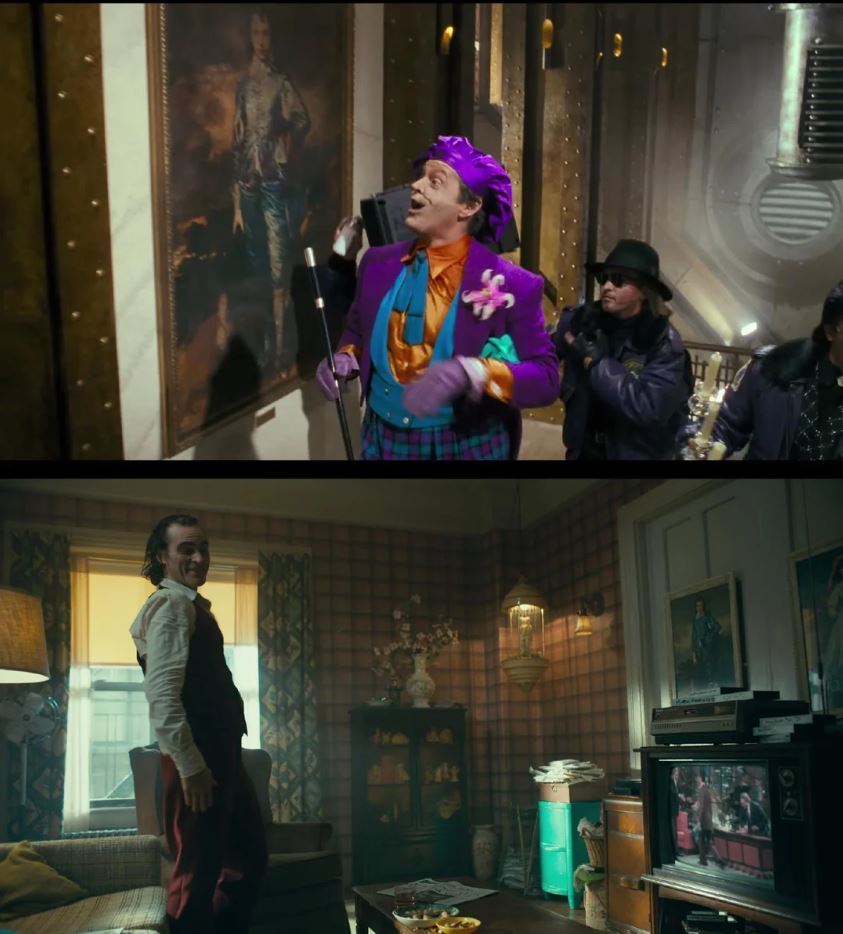(A word of exaggeration) Pilot version
‘Joker: Polly A Doe’
The popularity of the Joker character, who talks non-stop and full of conviction, in director Tim Burton’s ‘Batman’ (1989) and Christopher Nolan’s ‘The Dark Knight’ (2008) is truly cult-like. Through these series, he even surpasses Batman and takes over the role of the main character. After ‘Joker’ (2019), the latest work ‘Joker: Folly A Doe’ (2024) is a work that proves its popularity.
If you look up famous lines from the original Batman movie series, the stakes for Joker are higher. When it comes to the most famous lines in the series, lines like “Why are you so serious?”, “You complete me” (Dark Knight), and “I thought my life was a tragedy, but now I see it was some kind of comedy” (Joker) are all attributed to this villain. It came out through the mouth. These are lines that came through the screen and were sublimated into memes.
It may be a bit weaker than the famous line above, but many people choose a line from a scene in Tim Burton’s ‘Batman’ (1989) as Joker’s best line. Joker (Jack Nicholson), along with his subordinates, is cutting up all kinds of works of art in a virtual museum called Flugelheim, one of the film’s settings, when he stops them in front of one piece and says,
“I like this, Bob. “Don’t touch it.” (I kinda like this one, Bob. Leave it.)
The work that Joker stops at is ‘A Piece of Meat and a Figure’ (1954) by British painter Francis Bacon (1909-1992). Why was this work left behind even though Joker insulted existing art? There are various interpretations among series fans.
First of all, the view is that it was because the painter Francis Bacon was still alive at the time the film was screened. The works that Joker and his men freely destroyed included works by Rembrandt van Rijn (The Textile Guild Committee, Self-Portrait) and Johannes Vermeer (Woman with Scales). In particular, this interpretation comes about because it contrasts with the scene in which the Joker refers to the portrait of George Washington, a historical figure, depicted on the U.S. one-dollar bill, as ‘one dollar’ with an ambiguous meaning. It may not be wrong, but it is somehow unsatisfactory.
Rather, what is more interesting is the perspective of fans who see Tim Burton’s Joker as a metaphor for modern conceptual artists. In an art museum that does not exist in reality, the Joker gang holds a boombox, plays cheerful Prince music, and pours paint and scribbles on existing works. This kitschy action painting is a gesture of modern art in which Joker rejects the fixed meaning of the finished work and places the expression itself above this.
From this perspective, it is natural that the Joker is attracted to Francis Bacon’s work, which twists and parodies the solemnity contained in the portrait of ‘Pope Innocent X’. It seems possible to interpret that the Joker’s own image was reflected in his cynicism toward human beings who, far from being divine, were nothing more than mere pieces of meat. (Francis Bacon’s description of this work can be found in the column (Kim Young-min’s Seeing) ‘A man who wants to be a god, a piece of meat who wants to be a human’.)


Tim Burton’s reinterpretation of the Joker may be because the museum riot scene remained in the minds of so many people. This scene is an homage to other Batman & Joker works. Thanks to the scenes and lines in Tim Burton’s movies that are still being interpreted as new, momentum has gained momentum in subsequent interpretations of the Joker character. (Coincidentally, Director Nolan was also fascinated by the works of Francis Bacon, so he drew the image of the Joker in his works from Bacon’s works.)

Each director presents multiple interpretations of the Joker, and the audience also expands the meaning of the Joker through their own interpretation. The unique fun of watching the Joker movie originated from this scene and line. Meaning is recreated beyond the creator.
Not only because of the destructive gesture, but also because of the perspective of re-creation, the ‘museum’ scene and dialogue came to be read as extremely modern. In the new work ‘Polly A Doe’, Joker’s artistry is also expressed through homage to existing works (Tim Burton, Christopher Nolan live-action film series, cartoon series, etc.). Fans of the series are looking into which past Jokers are referenced in this work.
Now that I look at it, the 1989 Joker’s spontaneous yet conscious gesture seems to have hinted at the character’s fate. Even the direction of modernity, which will be led by self-quotation and arbitrariness.
Source: www.donga.com


